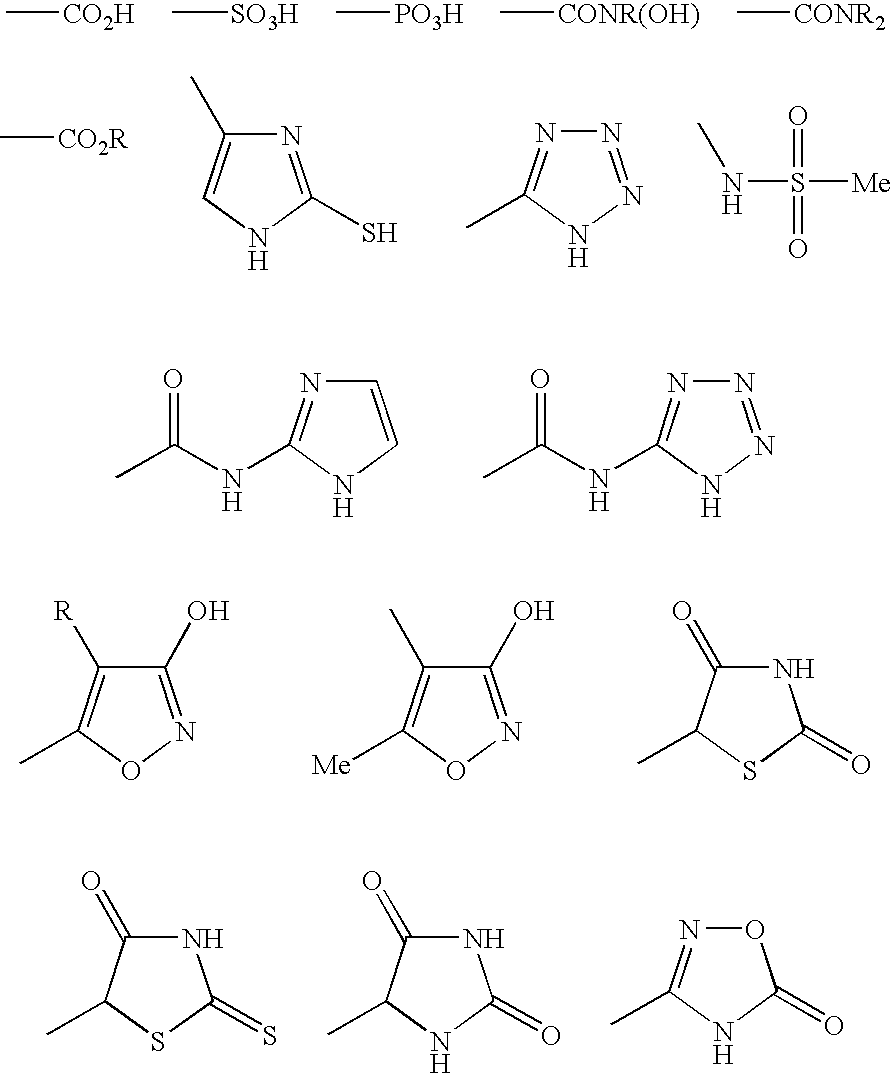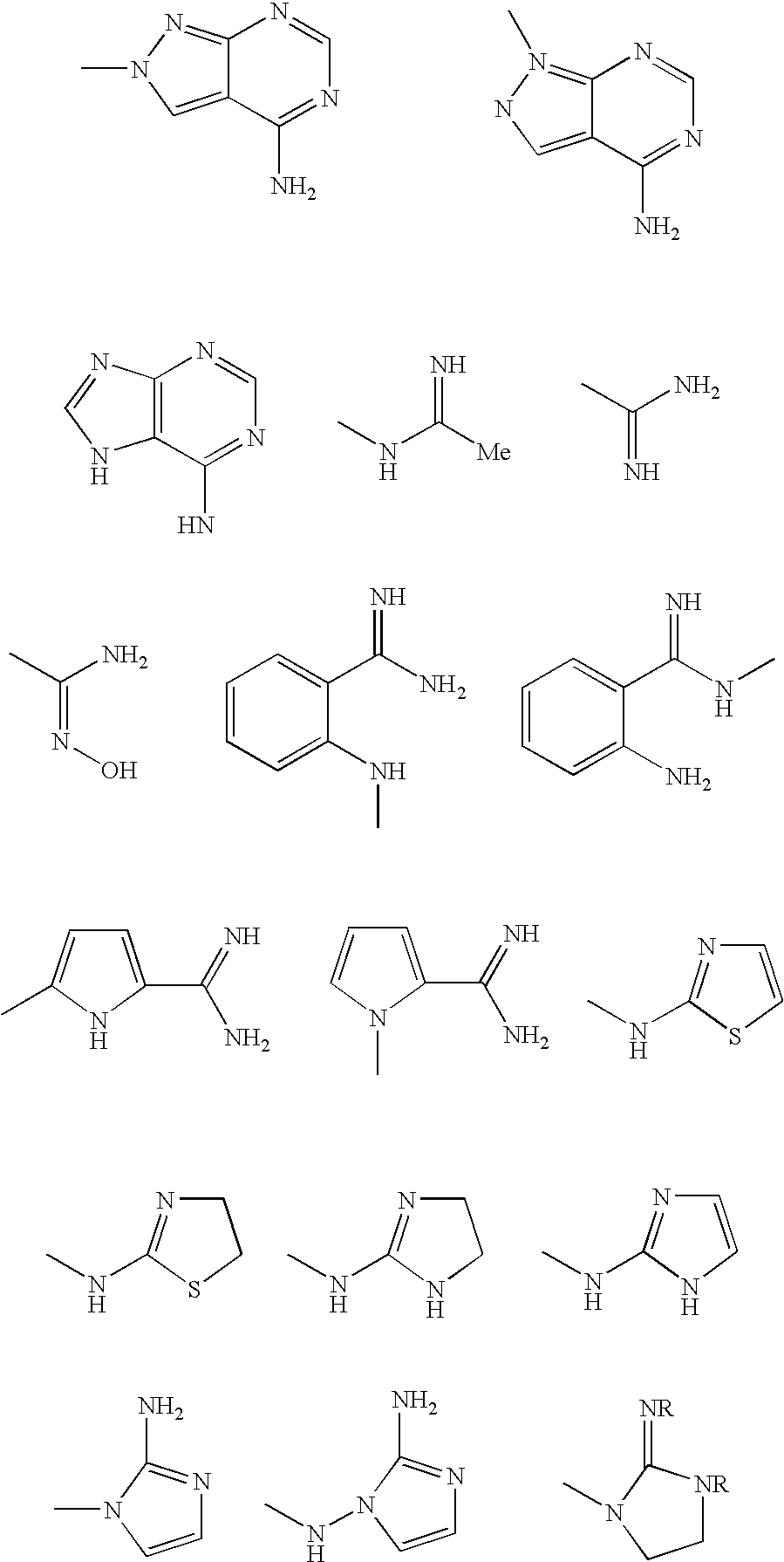Mediators of reverse cholesterol transport for the treatment of hypercholesterolemia
a hypercholesterolemia and hypercholesterolemia technology, applied in the field of peptide and small molecule mediators of reverse cholesterol transport, can solve the problems of raised safety concerns, drug side effects, and none of the commercially available drug therapies adequately stimulate reverse cholesterol transport, and achieve the effect of enhancing reverse cholesterol transpor
- Summary
- Abstract
- Description
- Claims
- Application Information
AI Technical Summary
Benefits of technology
Problems solved by technology
Method used
Image
Examples
embodiment
Preferred Embodiment
[0168] The mediators of RCT of the invention can be further defined by way of preferred embodiments.
[0169] In one preferred embodiment, there is a molecule comprising an amino acid-based composition having three independent regions: an acidic region, an aromatic or lipophilic region, and a basic region. Thus, a trimeric peptide in accordance with this preferred embodiment, such as EFR, or erf or fre contains an acidic amino acid residue, an aromatic or lipophilic residue and a basic residue. The relative locations of the regions with respect to one another can vary between molecular mediators; the molecules mediate RCT regardless of the position of the three regions within each molecule. In mediators comprising a trimeric peptide, such as EFR or efr, the trimers may consist of natural D- or L-amino acids, amino acid analogs, and amino acid derivatives.
[0170] In another preferred embodiment, the aromatic region of the trimer may consist of nicotinic acid with an...
working examples
[0291] The short-term goal was to identify compound mimics of ApoA-I that function in HDL-mediated cholesterol transport to the liver. The long term goal was to modify the compounds so they can interact with a subset of lipoproteins and target them to the liver and amplify the rate of cholesterol-rich lipoproteins catabolism (reverse cholesterol transport). Unlike the current treatments (resins, statins, fibrates), that regulate cholesterol transport to peripheral tissues, the approach adopted herein involves amplification of RCT rate by increasing of the HDL cholesterol (HDL-C) levels and catabolism of the cholesterol-rich low density lipoproteins. The rational for this approach is the long acknowledged inverse relationship between rate of RCT and cardiovascular risk.
[0292] Lipoprotein isolation—Human plasma lipoproteins were isolated from fresh fasting plasma that was obtain by plasmapheresis from normal donors. LDL (d=1.019-1.063 g / ml) was isolated under strict sterile, endotoxi...
PUM
 Login to View More
Login to View More Abstract
Description
Claims
Application Information
 Login to View More
Login to View More - R&D
- Intellectual Property
- Life Sciences
- Materials
- Tech Scout
- Unparalleled Data Quality
- Higher Quality Content
- 60% Fewer Hallucinations
Browse by: Latest US Patents, China's latest patents, Technical Efficacy Thesaurus, Application Domain, Technology Topic, Popular Technical Reports.
© 2025 PatSnap. All rights reserved.Legal|Privacy policy|Modern Slavery Act Transparency Statement|Sitemap|About US| Contact US: help@patsnap.com



